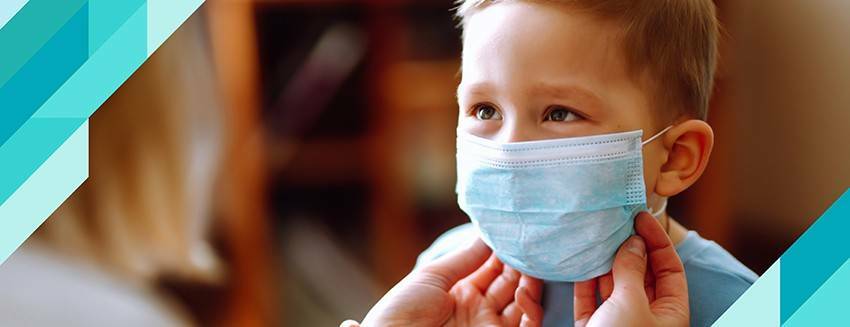During the pandemic period, children who were forced to stay at home with social isolation measures, stayed away from social activities and could not attend courses, turned to technological tools such as phones, tablets and televisions.
Contents
Experts say that children should be taught the importance of masks and social isolation through age-appropriate games, fairy tales and drawings. Experts also state that gradually reducing the use of tablets, phones and television will prevent conflicts between parents and children.
Üsküdar University NP Feneryolu Medical Center Clinical Psychologist Duygu Barlas talked about the rights and wrongs made while communicating with children about the pandemic process and online education.
The importance of the mask can be explained through play
Clinical Psychologist Duygu Barlas, stating that her 3-4-year-old clients come to therapy wearing their masks, said, "The pandemic process actually needs to be explained in doses. The first rule to be considered is; children should neither be too scared nor left loose. If we scare children with excessive anxiety, it can lead to anxiety disorder. If we act as if there is no anxiety or fear, then the pandemic will continue and we will put children at risk. The second point to be considered is that the developmental status of the child must be taken into account. You cannot talk to a 3-4 year old child the same way you talk to a 13 year old child. When 3-4 year old children come to therapy, they definitely wear their masks and they know very well why they should wear them. Parents should not think that children of this age will not understand and should not worry about how to explain. This issue needs to be explained to children by drawing, storytelling or during play."
They should be told that they are fighting a virus
Barlas said that some schools have started face-to-face, but mainly online trainings will continue, "In face-to-face education, children should be told that they have been at home for a long time because they are trying to fight an unknown virus. Now it can be said that the characteristics of this virus have been realized, it is understood how to protect against it, and now it can be said that we can gradually return to the old routine, that is, face-to-face education. However, it should be emphasized that there are some points to be aware of, such as masks and social isolation. Since it is not completely the old routine, children can be informed that the return to the routine has started, but this situation is a little different from the old routine. The virus has not yet finished its visit in our country, it should be told that it will be with us for at least a few more months and the precautions that can be taken should be explained."
Tablet and phone use can be gradually reduced
Barlas said that it was really difficult to adapt children to that isolation or to keep them at home during the time they were at home and continued:
"They couldn't go out, they couldn't go to pools, to their courses, and since they couldn't find many activities they could do at home, they tended to use tools such as phones, tablets and televisions. What should have been done at this point was to keep screen time under control during the pandemic as it is in normal times, but it seems that the end of the rope has escaped. It is utopian to tell a child not to use the tablet or phone at all, but it can be gradually reduced. Otherwise, forcing the child to do so can provoke serious anger and increase conflict with parents. While gradually restricting the use of tablets and cell phones, it is necessary to explain that these tools are not beneficial for their health and that they should reduce their use because the school year has started."




























